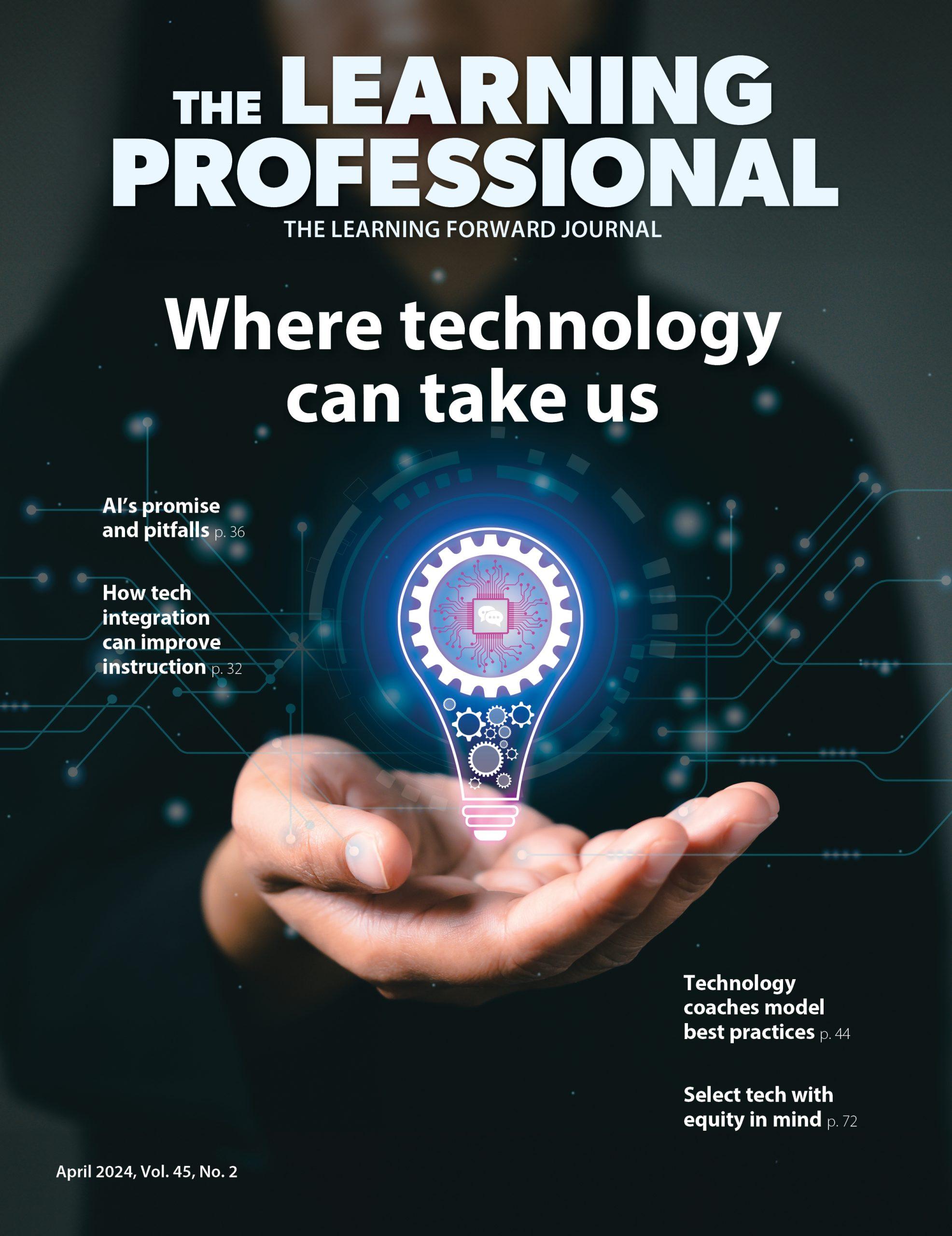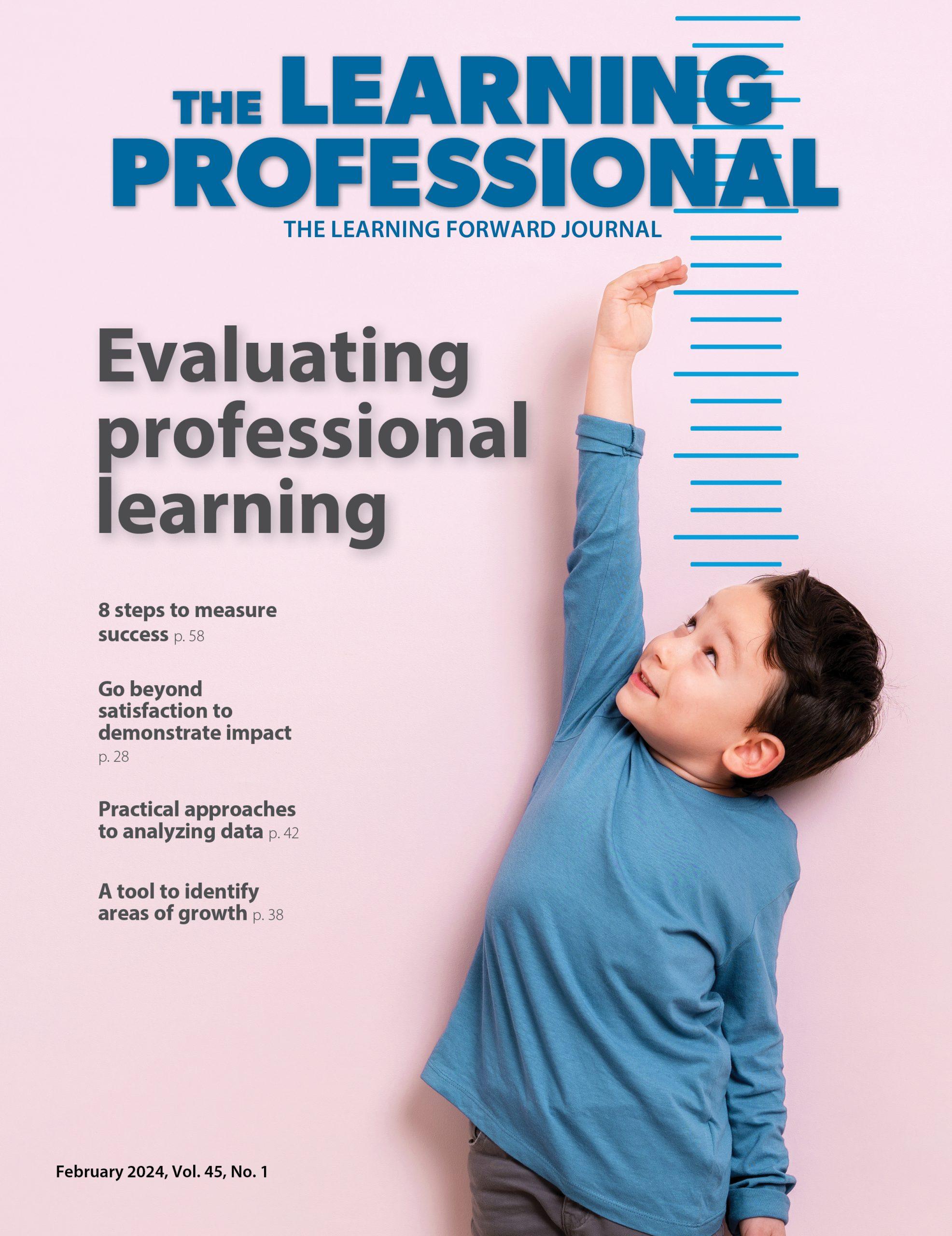From The Director
Learning is the ‘secret sauce’ for any high-performing organization
By Learning Forward
February 2014
In December, the Organisation for Economic Cooperation and Development (OECD) released its latest report on the countries that achieve at the highest levels in education. As expected, the news about the performance of U.S. education systems was rather glum.
If the U.S. had demonstrated a sudden leap in the rankings, we might have grounds for a new theory of action — adopt standards and everything instantly improves. But we all know that is just not the case. We know it takes years to change trend lines and see results from substantive change efforts.
Educators over the last several years have become enamored with studying the lessons of high-performing schools, school systems, and organizations. We read the OECD reports, we look at the winners of Broad prizes, we look at the top scorers in National Assessment of Educational Progress. We’re interested in understanding how it is that educators manage to make a difference, address their challenges, and achieve their goals. What do we hope to see? A colleague of mine says we are hunting for the “secret sauce.”
So here’s my answer to what the secret sauce is — and if it comes as a surprise, you haven’t been paying attention. The secret sauce is learning. Systems must recognize that as long as we are not achieving our goals, we have more to learn. And I have no doubt that a learning culture is common to each of the highest-performing systems or any example of a school that achieves at high levels over the long term.
I recently read about the importance of a learning culture in organizations beyond education. As Josh Bersin of Deloitte Consulting writes, “ ‘Learning Culture’ is what enables BP, Toyota, Microsoft, or IBM to identify the problems in their products and fix them quickly. It is what enables Cisco and Google and Apple to ‘out-innovate’ their competitors. It is what enables Wal-Mart, UPS, and Dell to drive down costs and maintain service quality. It is what enables ING Direct, Zappos, and Starbucks to grow at rates 10 to 100 times their competitors. And it is what prevented Digital Equipment Company, Tandem, Apollo Computer, Silicon Graphics, and hundreds of other defunct companies from embracing changes in their markets and evolving their products. This topic is important: It means life or death for many organizations” (Bersin, 2010).
I agree — learning is life or death for transforming school systems. Yet we are continually challenged to justify our professional learning investments. Detractors hand us studies that report a particular professional learning effort failed to change practice or student outcomes. And I frequently and openly advocate for more rigorous strategies and commitments to document the impact of professional learning.
Yet even lacking solid impact evidence from most professional learning investments, I’ll make a confident bet. I challenge all readers to find one example of a high-performing organization that doesn’t apply the secret sauce of high-quality professional learning to its recipe for success. If you can find that system, I will take you out for dinner at a restaurant of your choosing.
What secret sauce will you bring to your next planning agenda? And how will you help Learning Forward’s quest to highlight the learning practices that are part of every success story?
References
Bersin, J. (2010, June 14). How to build a high-impact learning culture [Web log post]. Available at www.bersin.com/blog/post/How-to-Build-a-High-Impact-Learning-Culture.aspx.
Learning Forward is the only professional association devoted exclusively to those who work in educator professional development. We help our members plan, implement, and measure high-quality professional learning so they can achieve success with their systems, schools, and students.
Recent Issues
LEARNING TO PIVOT
August 2024
Sometimes new information and situations call for major change. This issue...
GLOBAL PERSPECTIVES
June 2024
What does professional learning look like around the world? This issue...
WHERE TECHNOLOGY CAN TAKE US
April 2024
Technology is both a topic and a tool for professional learning. This...
EVALUATING PROFESSIONAL LEARNING
February 2024
How do you know your professional learning is working? This issue digs...








